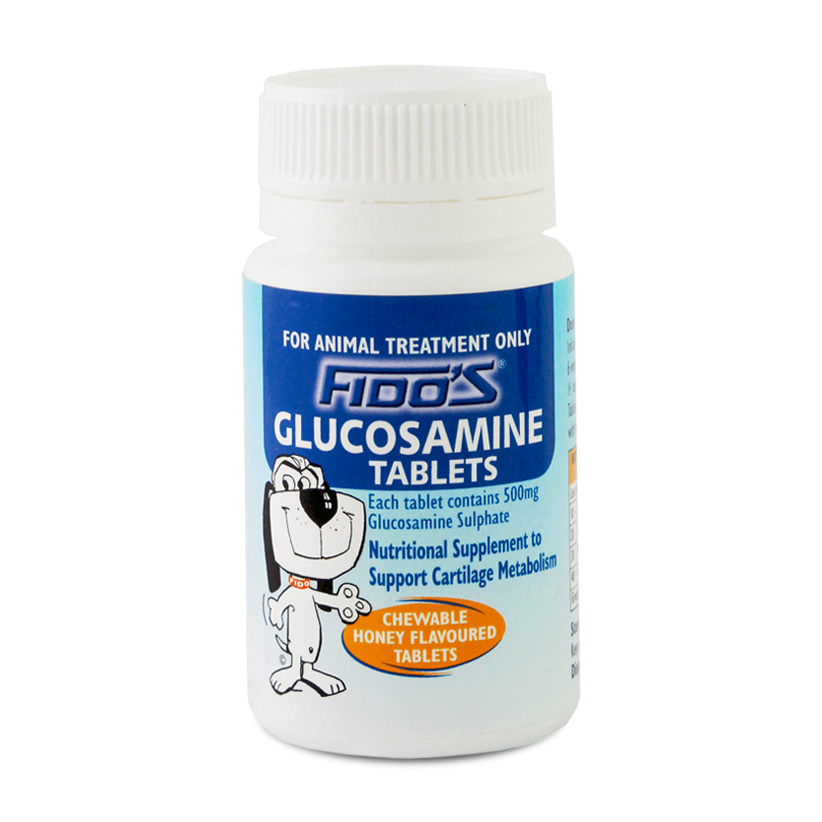Hip Dysplasia
Large breeds of dogs are more likely to develop canine hip disorder, which is a degenerative condition where the hip bones don’t develop as they should. Over time, as a dog ages, there becomes laxity and looseness in the hip. Dogs suffer from pain and immobility when they have hip dysplasia, and for some, it may be extremely difficult to get up from a prone position or to be physically active. Rapid weight gain and growth caused by overeating and being sedentary can complicate the development of hip dysplasia in dogs.
What Are The First Signs of Hip Dysplasia in Dogs?
Joint laxity will cause progressive loss of cartilage and the development of scar tissue around the hip joint. For most owners, the first signs of hip dysplasia in dogs they will see are lameness, reluctance to rise or jump, being inclined to keep their weight on the forelimbs, and loss of muscle mass on rear limbs. They may also see their dog visibly in pain with their hip if the onset of the condition is sudden and severe. Hip dysplasia can lead to dog hip arthritis too, so it is best to start your dog on a management regimen.
Hip Dysplasia Treatment
Physical therapy can provide relief for dogs with hip dysplasia by easing pain and stiffness. Sometimes that is a good secondary approach to go along with using an NSAID anti-inflammatory medication like Carprofen, which will limit the inflammatory response causing that pain and stiffness. In most instances, an older dog with hip dysplasia will need to take some type of anti-inflammatory for the rest of their life.
Some owners may consider a dog hip brace to give their pet more support and reduce the pressure transferred to the joint with movement. Another part of hip dysplasia treatment that may be suggested is helping the animal slim down, as excess body weight worsens the condition in nearly every instance of an overweight dog with hip dysplasia.
Hip Dysplasia Symptoms
Dogs may show symptoms of canine hip disorder at any stage of its development, but it is also possible for dogs to have no hip dysplasia symptoms despite having the same bone deformity in the hip and progressing joint laxity. However, as the dog gets older, they start to be affected by it to the point they show symptoms and have real immobility in their hip. The symptoms include lameness, reluctance to rise or jump, keeping weight on the forelimbs, and muscle mass loss in the rear limbs. It is also common to see the dog increasingly hesitant to break into a run.


